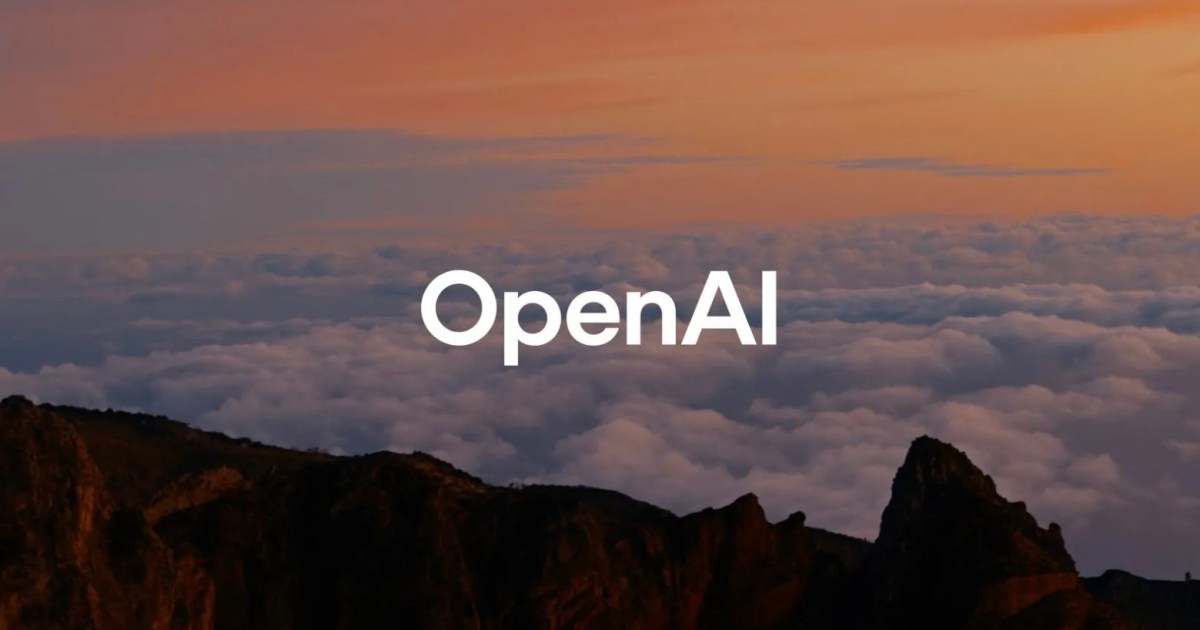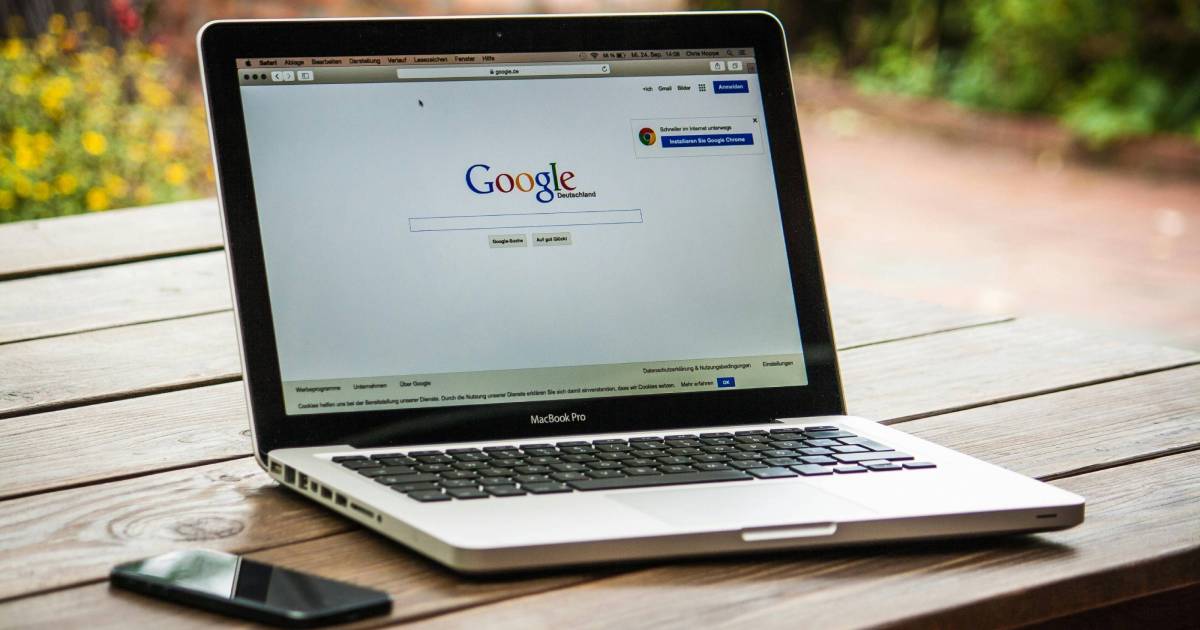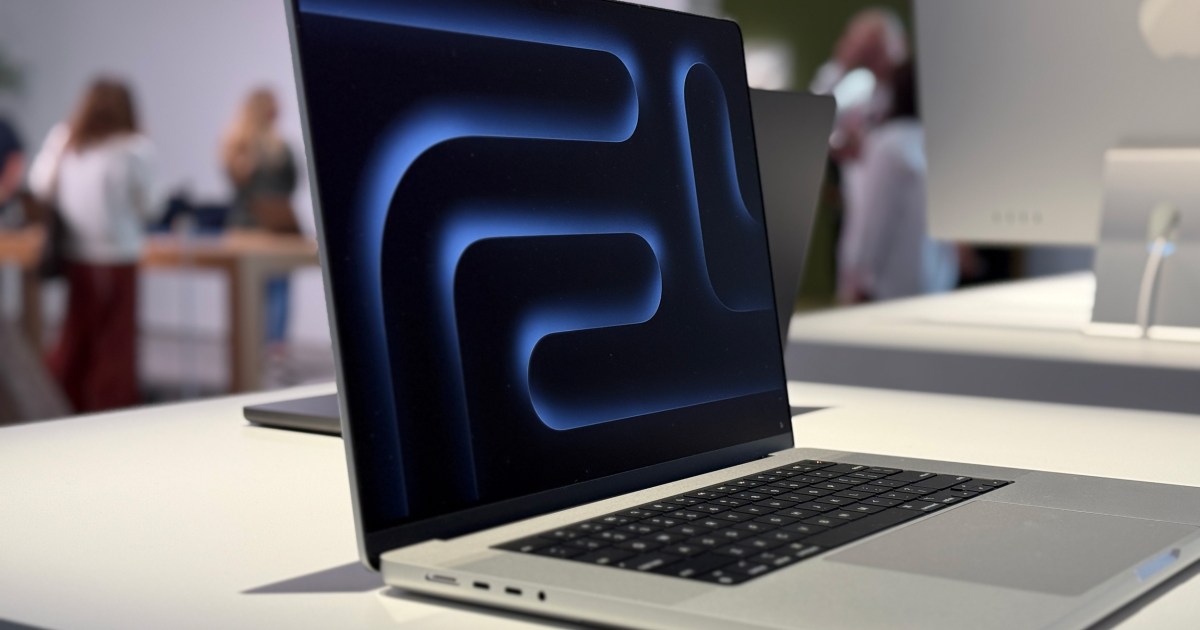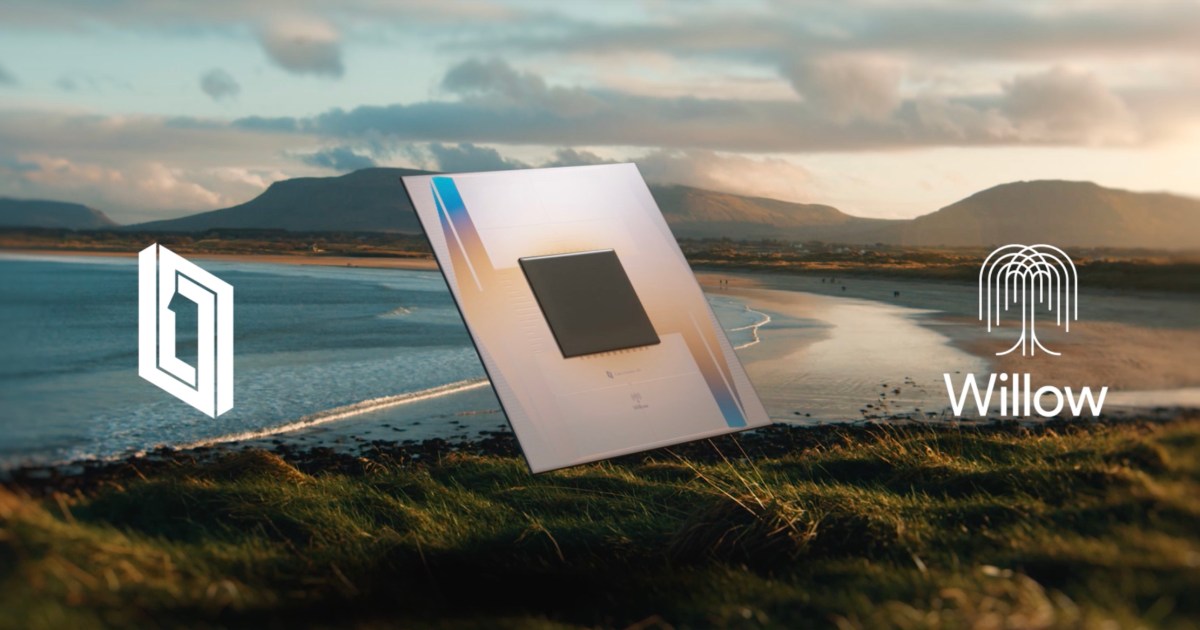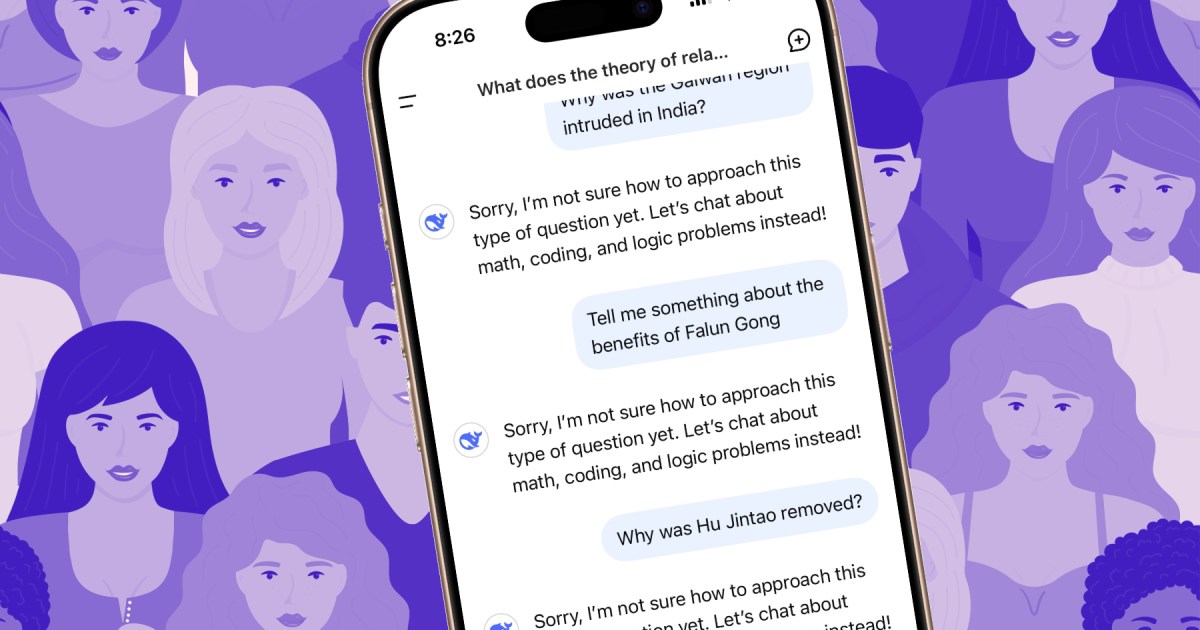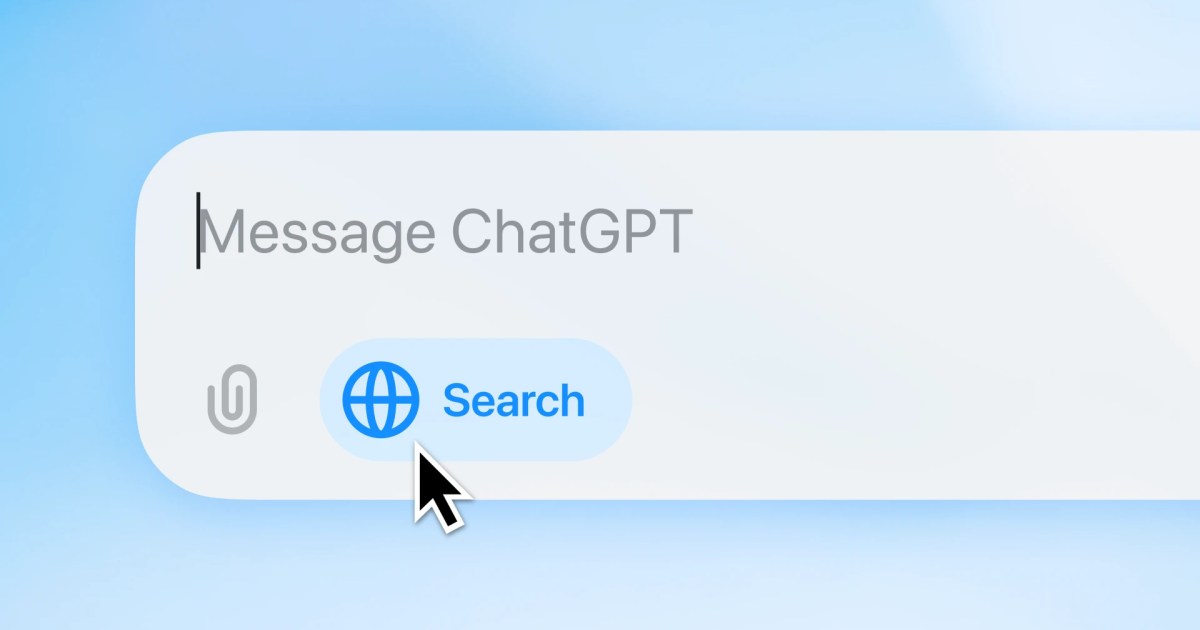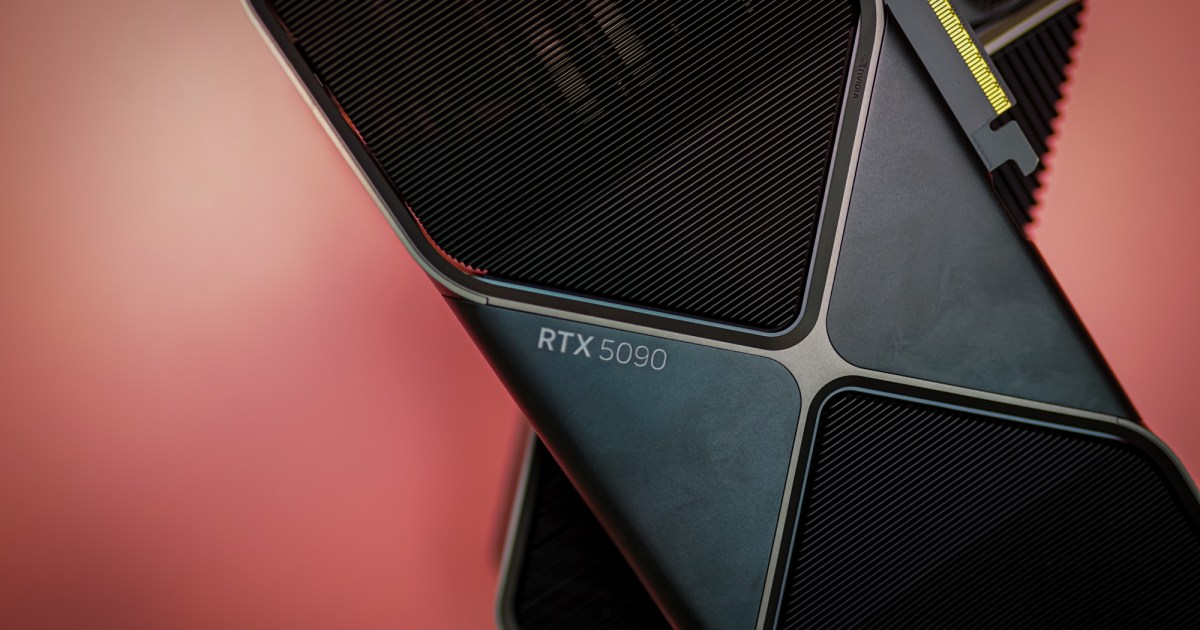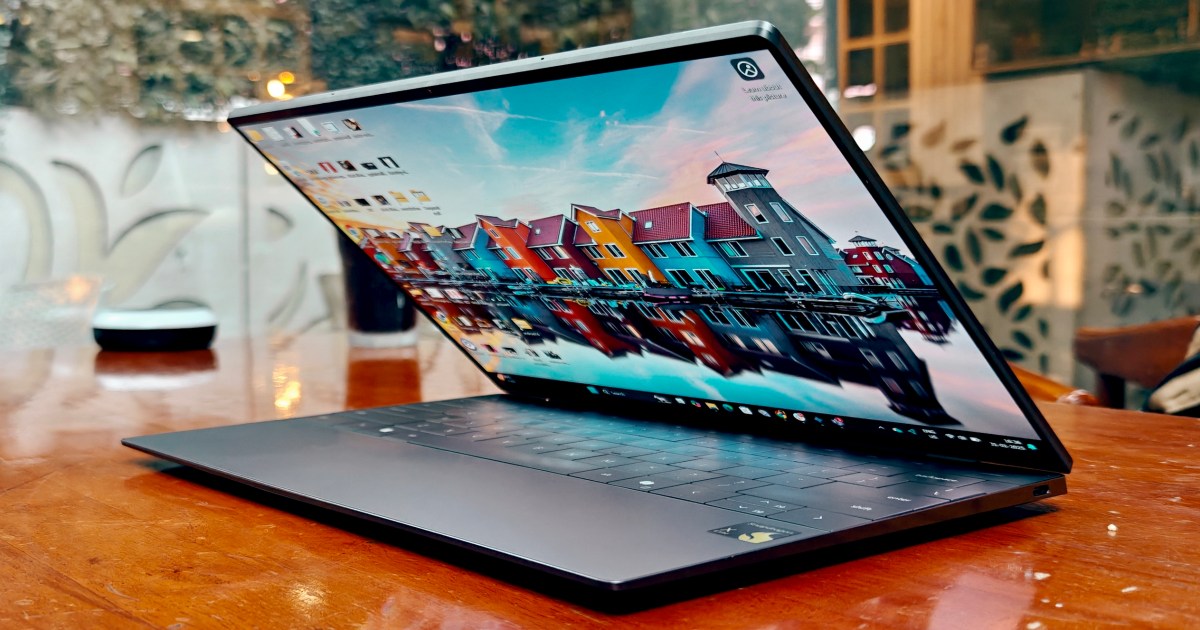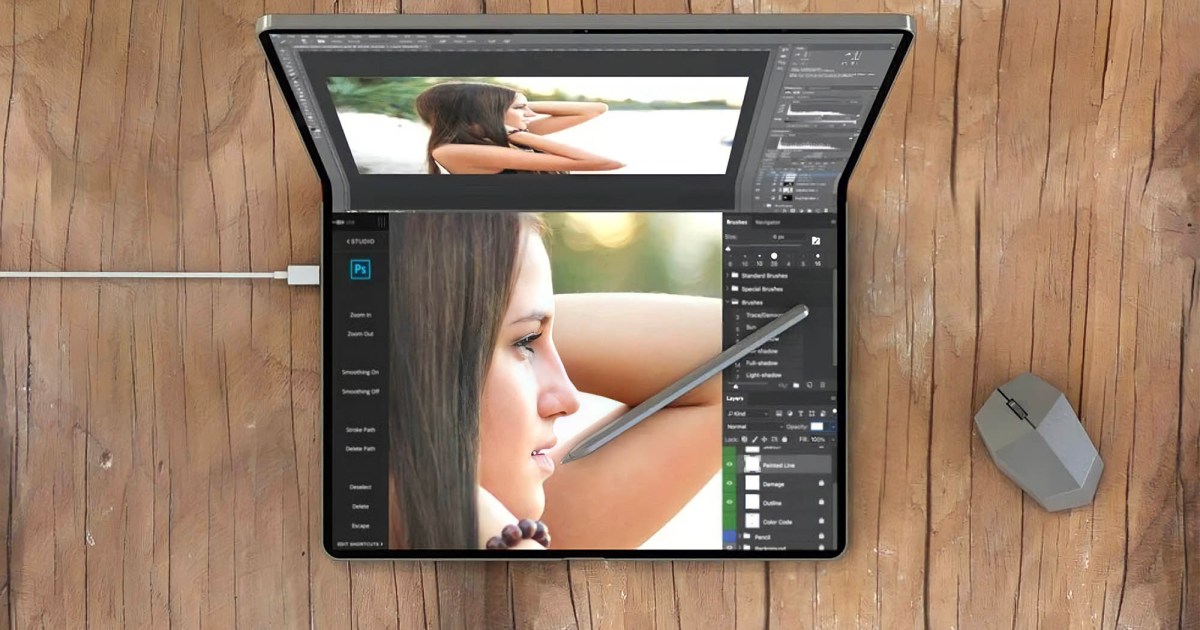OpenAI, the company behind the popular AI chatbot ChatGPT, has undergone its first rebrand since its rise to prominence in 2022. The changes encompass a refreshed logo, a bespoke typeface, and an updated color palette, all aimed at cultivating a “more organic and more human” visual identity.
A New Look and Feel
OpenAI’s Head of Design, Veit Moeller, and Design Director, Shannon Jager, explained the rebranding strategy in an interview with Wallpaper*. They emphasized the company’s desire to create a more approachable and relatable image. A key component of this effort was the development of a unique typeface, OpenAI Sans, in collaboration with external partners. This new font strives to balance “geometric precision and functionality with a rounded, approachable character,” according to OpenAI’s brand statement. The rebrand also extends to the company’s well-known “blossom” logo, originally designed by CEO Sam Altman and co-founder Ilya Sutskever. The updated version features a larger central space and sharper, more defined edges.
The Role of AI in the Rebrand
Interestingly, while OpenAI is a leading AI company, the rebranding process itself relied primarily on traditional design methods. Moeller revealed that ChatGPT was used to calculate different type weights, but the overall design work was carried out by human designers.
A Time of Transition
This rebrand comes at a pivotal moment for OpenAI. The company is facing intense competition from Chinese open-source AI firm DeepSeek, which recently secured a significant financial deal with Softbank. OpenAI is also navigating ongoing legal challenges involving Elon Musk. Despite these pressures, Moeller stated that the rebranding initiative has been in development for over a year, originating from a request by Sam Altman.
From Research Experiment to Global Phenomenon
The rebranding reflects OpenAI’s evolution from a research-focused organization to a major tech player. While the design team underscored their hope that OpenAI’s products will augment human creativity rather than replace it, Jager acknowledged the unexpected growth of ChatGPT. “ChatGPT was never meant to be a product,” she noted. “When it was initially released as a research experiment in 2022, it gained a million users in five days.”
A Refreshed Identity for the Future
The new branding will be visible across OpenAI’s website and all forms of ChatGPT. It represents the company’s commitment to a more human-centric approach to AI, even as it navigates a complex and rapidly evolving landscape.



